Re-attaching curled veneer and refinishing table
linnea56 (zone 5b Chicago)
11 years ago
Featured Answer
Sort by:Oldest
Comments (8)
brickeyee
11 years agoRelated Professionals
Canton Cabinets & Cabinetry · Highland Village Cabinets & Cabinetry · Salisbury Cabinets & Cabinetry · North Bay Shore Cabinets & Cabinetry · Channahon Carpenters · Maple Valley Carpenters · Maplewood Carpenters · Albuquerque Flooring Contractors · Fort Lauderdale Flooring Contractors · Freeport Flooring Contractors · Mansfield Flooring Contractors · Westminster Flooring Contractors · Huntersville Furniture & Accessories · Lake Zurich Furniture & Accessories · Port Charlotte Furniture & Accessorieslinnea56 (zone 5b Chicago)
11 years agolinnea56 (zone 5b Chicago)
11 years agobobismyuncle
11 years agobrickeyee
11 years agobobismyuncle
11 years agobrickeyee
11 years ago
Related Stories

DECORATING GUIDESHow to Decorate When You're Starting Out or Starting Over
No need to feel overwhelmed. Our step-by-step decorating guide can help you put together a home look you'll love
Full Story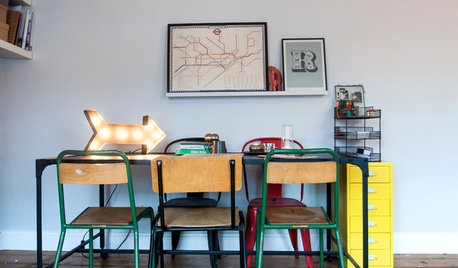
LIFEFun Houzz: 14 Signs You’re an Interiors Geek
Are you obsessed with interiors? It’s OK, you can admit it — you’re among friends
Full Story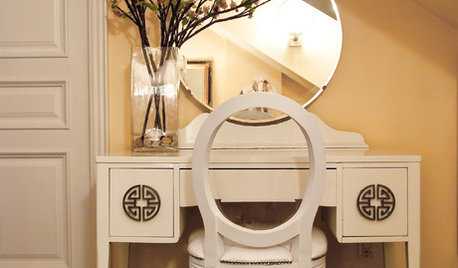
FURNITUREObjects of Desire: Dressing Tables Groomed for Style
Have your own vanity fair with a table for doing makeup and hair that fits you perfectly
Full Story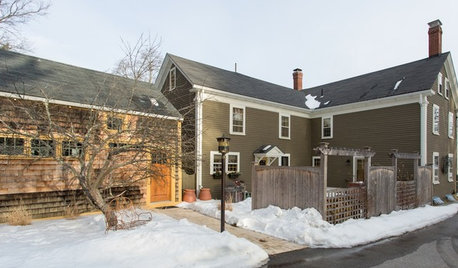
BARN HOMESAn 1850s Barn Gets a Family-Friendly Makeover
Game night is on — and guests can spend the night — in an attached barn redone with respect for the past
Full Story
FURNITUREForever Furniture: A Buyer’s Guide to the Dining Table
There comes a time when a make-do piece of furniture won’t do. We give you a leg up on choosing the right table for you
Full Story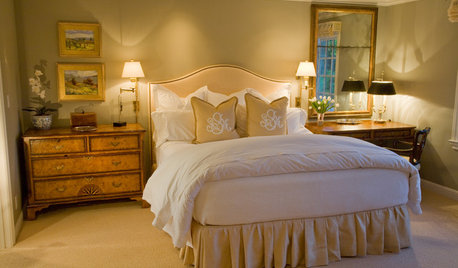
DECORATING GUIDESDecorating With Antiques: Tables to Elevate the Everyday
They may have common uses, but antique tables bring a most uncommon beauty to dining, game playing and more
Full Story
FURNITUREHow to Pick Out a Coffee Table
Get a great fit for your room and your lifestyle by considering a coffee table’s size, features and aesthetics
Full Story
HOME OFFICESWhen Your Dining Table Is a Workspace
If you mix spreadsheets or homework with sandwiches and home fries, these tips are for you
Full Story
DECORATING GUIDESBean There, Done That: Coffee Table Alternatives
Get creative with these ideas for salvaged and DIY pieces that will get people talking
Full Story
HOUSEKEEPINGHow to Remove Water Rings From Wood Tables
You may be surprised by some of these ideas for removing cloudy white water marks from wood surfaces
Full StoryMore Discussions








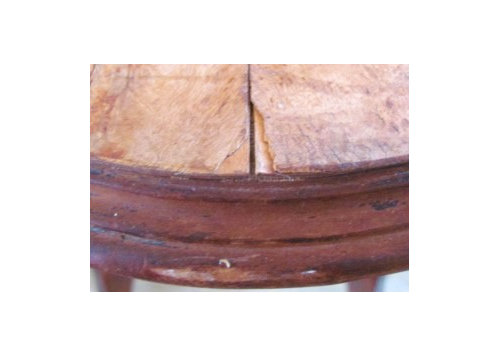




bobismyuncle